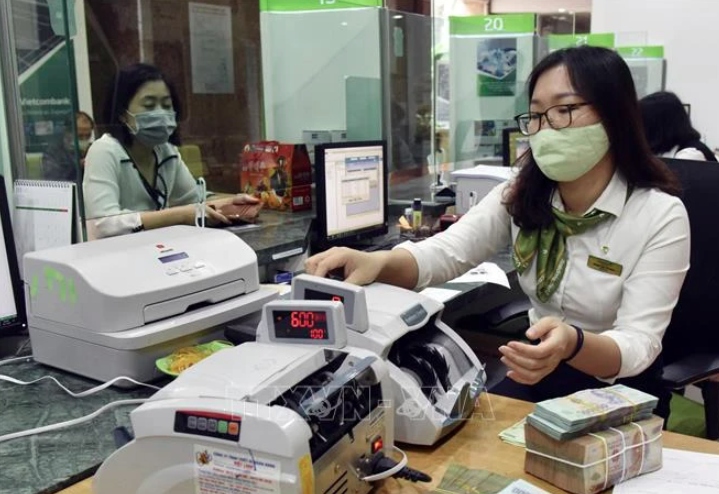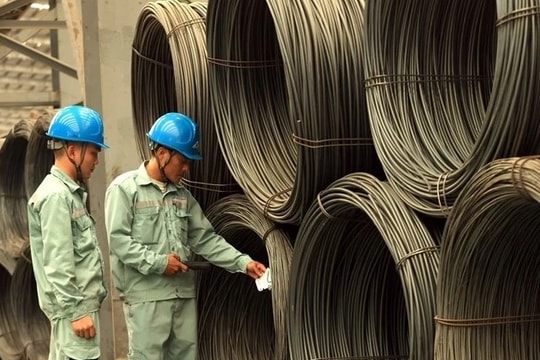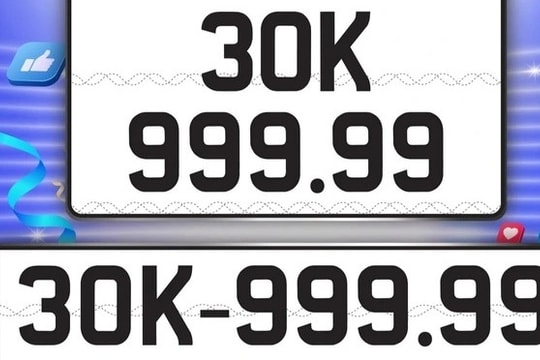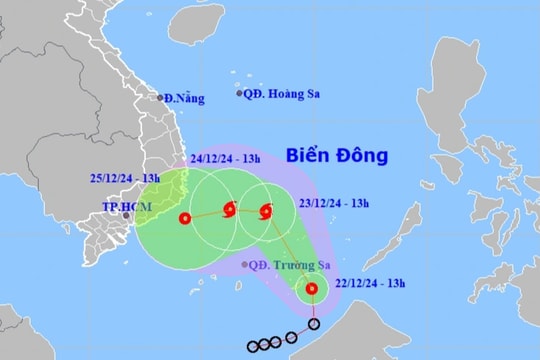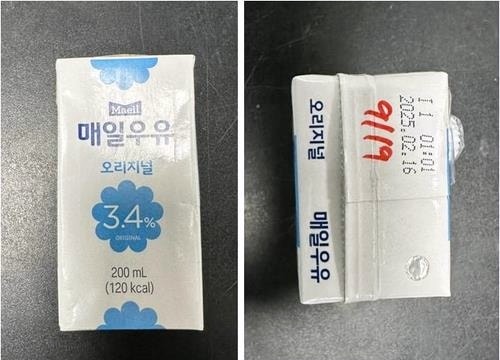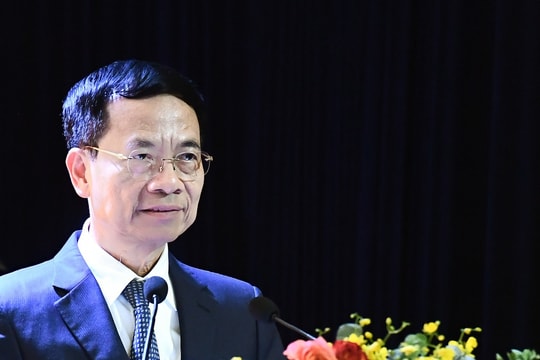Banks have rolled out various measures to save costs, stabilise interest rates and launch preferential loan packages to pump capital into the economy and fuel credit growth in the second half of 2024.
Deposit interest rates have tended to increase in recent months, by 0.4 - 1.6% per year depending on the terms.
Experts point to the mounting inflationary pressure and fierce competition from other investment channels such as gold and securities, which have prompted banks to raise deposit interest rates.
Assoc. Prof. Dr. Dinh Trong Thinh, an economic expert, said although deposit rates have inched up, lending rates need to be kept stable and at low levels to aid businesses' recovery.
In fact, banks have been making efforts to keep lending rates low as directed by the Government and the State Bank of Vietnam (SBV).
Recently, the Lien Viet Post Joint Stock Commercial Bank (LPBank) has launched a credit package worth VND4 trillion to help businesses access a good financial source and maximise their profit. Interest rates under this package stand at 6.5% and over per annum for medium-sized enterprises, and at 6.8% and over per annum for small and medium-sized ones.
The Saigon - Hanoi Commercial Joint Stock Bank (SHB) is also offering a loan package to meet customers’ housing needs with an interest rate of 5.79% per year at the minimum.
Nguyen Thanh Tung, General Director of the Joint Stock Commercial Bank for Foreign Trade of Vietnam (Vietcombank), said that it will continue to implement cost reduction measures and enhance technology application to its governance and operations.
Vietcombank and other state-run commercial banks will take the lead in considering more lending rate cuts despite the pressure from rising deposit rates, he noted.
Cutting lending rates has been one of the top priorities of the banking sector recently. The SBV has reported a significant interest rate reduction of 3.4% since the beginning of 2023.
MBS Research, a research centre under the MB Securities Joint Stock Company (MBS), forecast that credit growth will hit 14% in 2024, given an expected GDP growth rate of 6.3 - 6.5% for the year. Drivers for the growth include the recovering consumer finance market, increased credit card usage, robust import - export activities, and high demand for auto loans.
Low lending rates, signs of a reviving real estate market, along with a surge in inventory and land-related tax revenue will also stimulate loan demand in the near future, according to MBS Research.
Echoing the view, the Maybank Vietnam Securities Company (MSVN) held that credit growth since the year's beginning is reasonable and good enough, predicting that credit will accelerate in the third quarter thanks to the real estate market's recovery.
Le Ngoc Lam, General Director of the Bank for Investment and Development of Vietnam (BIDV), blamed the economy's weak capital absorption on the fact that many businesses were dissolved and businesses’ health declined. However, he expected that credit will grow strongly in year-end months, when businesses get back on track.
Meanwhile, Pham Chi Quang, Director of the SBV's Monetary Policy Department, held that bringing down lending interest rates is a big challenge to the banking system.
To support credit growth, the SBV will continue working to keep interest rates stable and encourage credit institutions to decrease costs and publicise average lending interest rates. It has also issued a circular which allows credit institutions to extend the restructuring of debt repayment deadlines and maintain debt groups for certain sectors until the end of 2024, he added.



